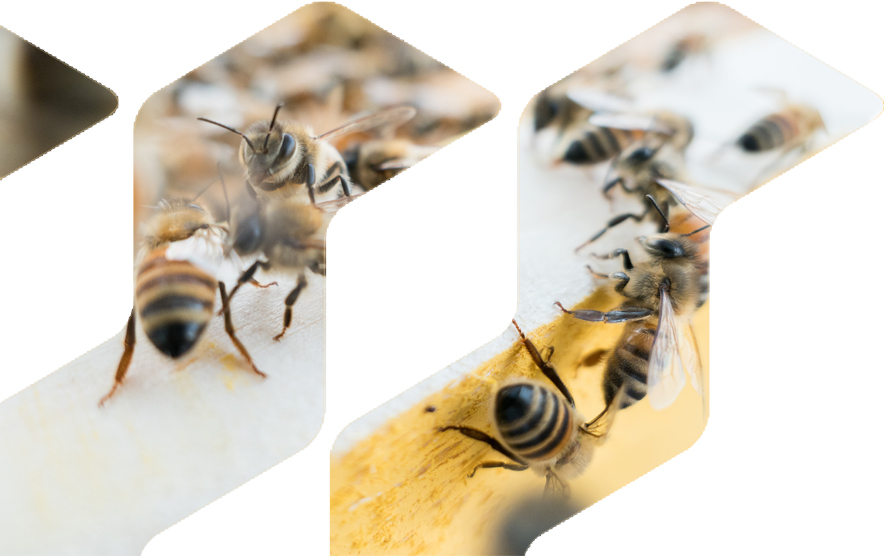
Website under maintenance
The Bee Farmers’ Association This website is currently undergoing maintenance and will be back soon. We apologise for any inconvenience.
Key Contacts
Paul Barton
Membership Services &
General Enquiries
Medway
Newark Hill
Foston
Lincolnshire
NG32 2LF
07426 797093
admin@beefarmers.co.uk
Alan Hart
Contract Pollination
Saffron Cottage
Broom Green
North Elmham
Dereham
Norfolk
NR20 5EW
07867 523977
pollination@beefarmers.co.uk
Press and Media Enquiries
Recent press releases from the Bee Farmers’ Association are posted on its social media sites. For all other press and media enquiries, please contact Membership Services
